Dieter Suisky (auth.), Dieter Suisky (eds.)3540748636, 9783540748632, 9783540748656
“Euler as Physicist” analyzes the exceptional role of Leonhard Euler (1707 – 1783) in the history of science and emphasizes especially his fundamental contributions to physics. Although Euler is famous as the leading mathematician of the 18th century, his contributions to physics are as important for their innovative methods and solutions. Several books are devoted to Euler as mathematician, but none to Euler as physicist, like in this book.
Euler’s contributions to mechanics are rooted in his life-long plan presented in two volume treatise programmatically entitled “Mechanics or the science of motion analytically demonstrated”. Published in 1736, Euler’s treatise indicates the turn over from the traditional geometric representation of mechanics to a new approach. In writing Mechanics Euler did the first step to put the plan and his completion into practice through 1760. It is of particular interest to study how Euler made immediate use of his mathematics for mechanics and coordinated his progress in mathematics with his progress in physics. Euler’s mechanics is not only a model for a consistently formulated theory, but allows for generalizations of Euler’s principles.
It is shown that even problems in contemporary physics may be advantageously reconsidered and reformulated in terms of Euler’s early unified approach. The interplay between physics and mathematics which appeared in the 18th century is compared to the development of physics in the 20th century, especially to the development of quantum mechanics between 1900 and 1930. The author aims to show how Euler’ work represents a rare example of a simultaneous and harmonic composition of results of different origin and nature which have been joined into a unique and marvellous result.
Table of contents :
Front Matter….Pages I-XXIII
The Predecessors: Descartes, Newton and Leibniz….Pages 1-32
Newton and Leibniz on Time, Space and Forces….Pages 33-64
Newton and Leibniz on the Foundation of the Calculus….Pages 65-100
Euler’s Program for Mechanics….Pages 101-194
The Foundation of the Calculus….Pages 195-233
Euler’s Early Relativistic Theory….Pages 235-267
Euler’s Wirksamkeit, Helmholtz’s Treatment of Energy Law and Beyond….Pages 269-283
Euler’s Mechanics and Schrödinger’s Quantum Mechanics….Pages 285-312
Back Matter….Pages 313-338
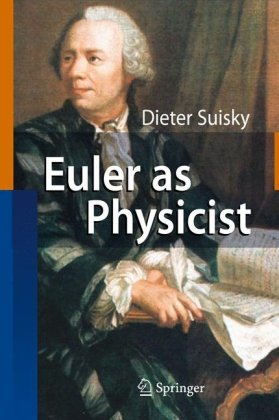
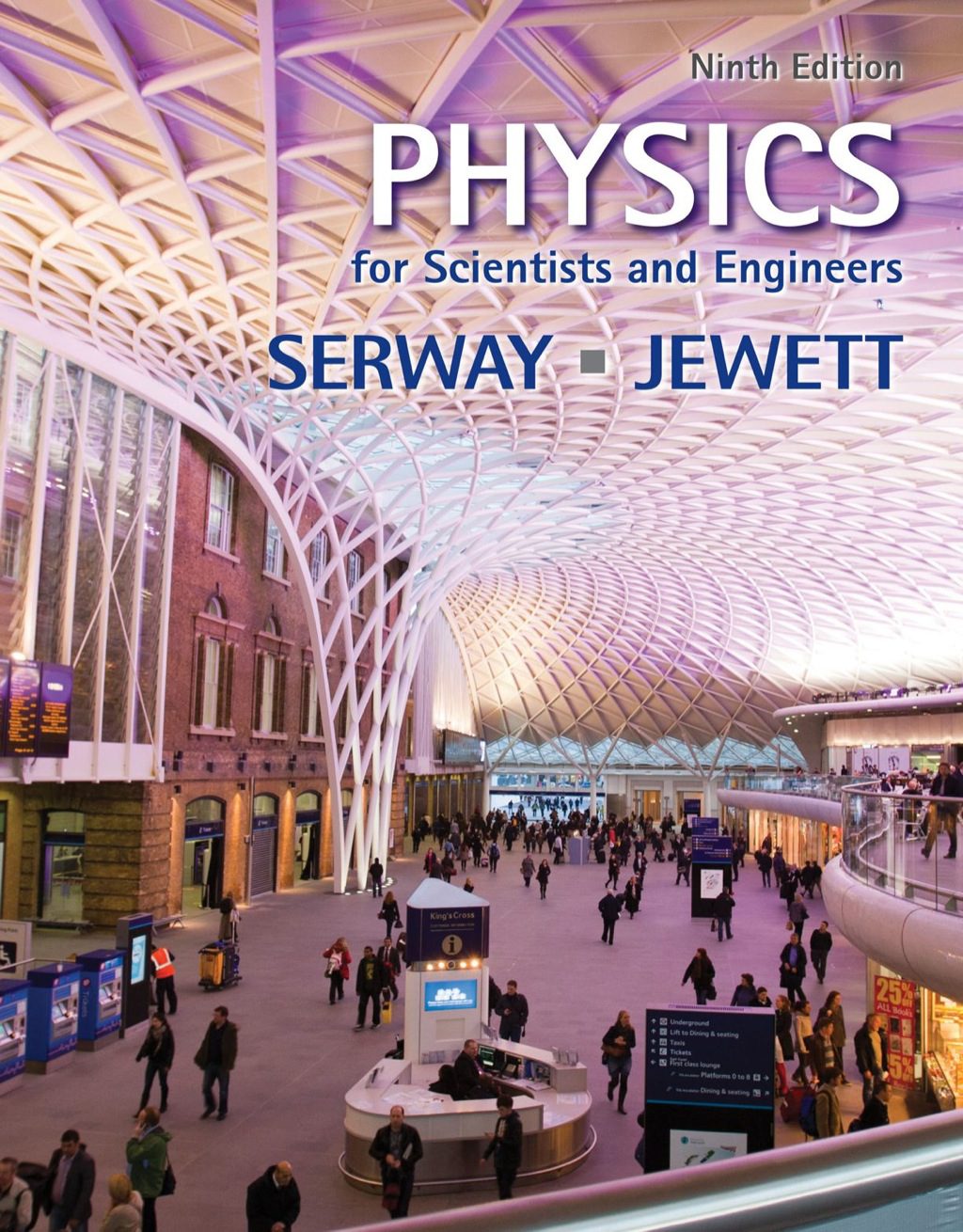
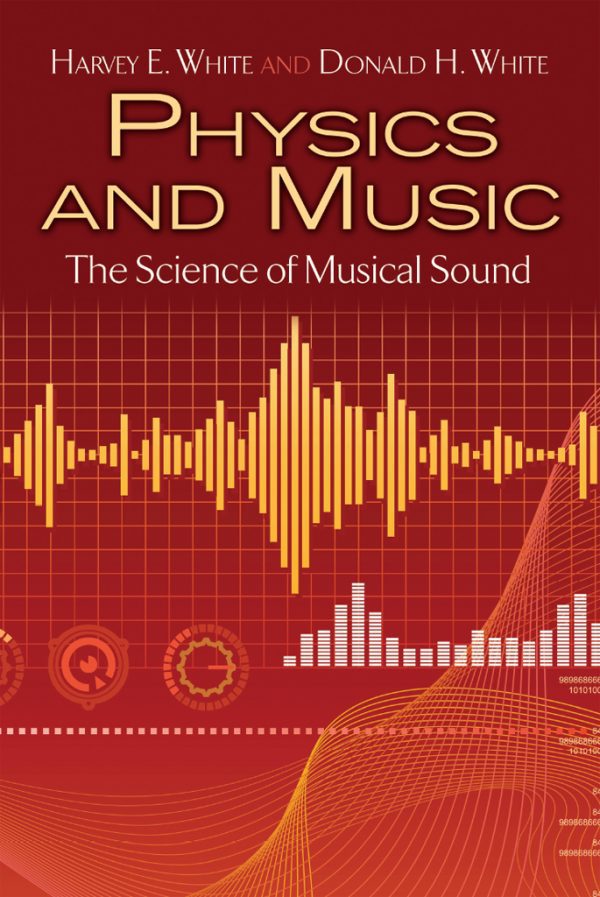


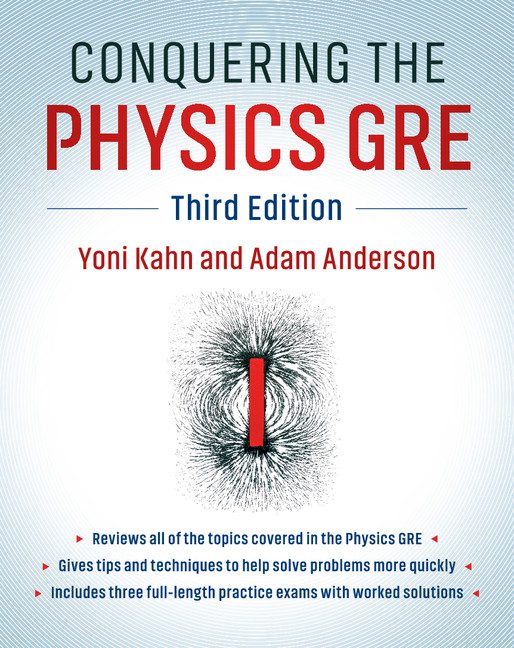
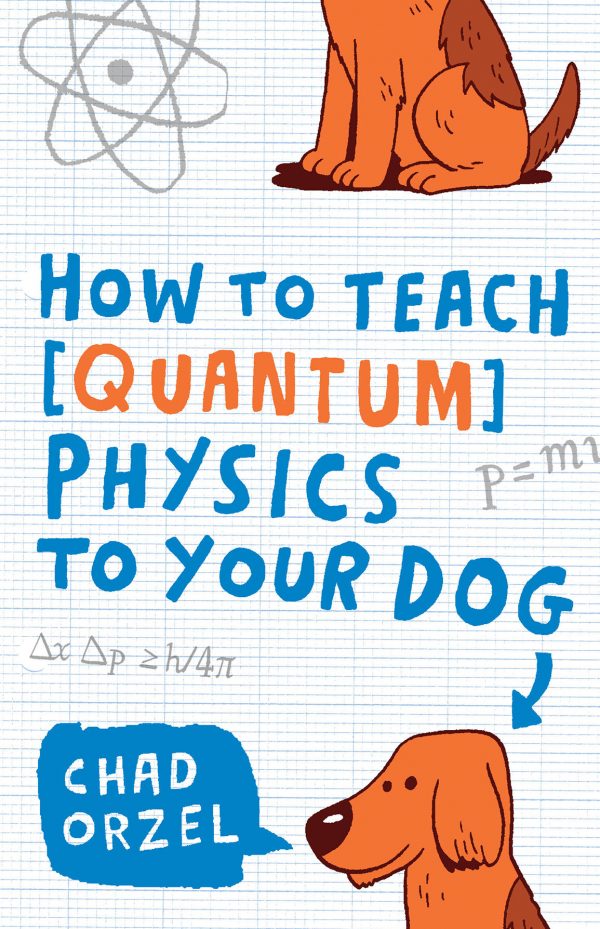
Reviews
There are no reviews yet.